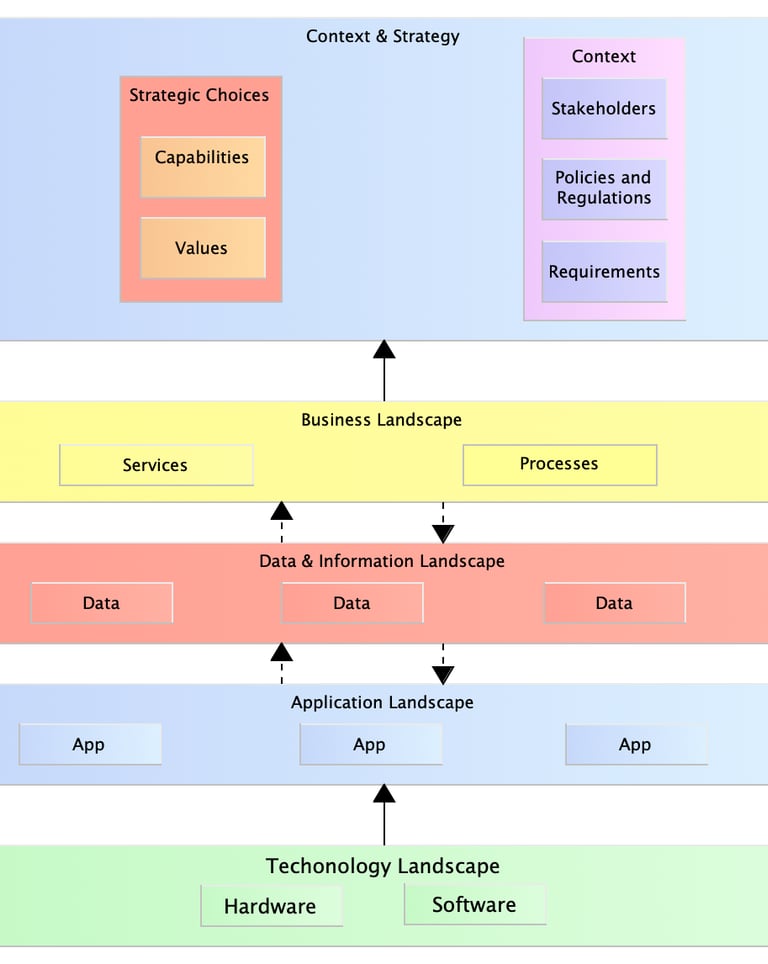Data Integration in Digital Transformation
Too many companies have piles of data but have no idea how to integrate it into their processes and everyday business.
DATA
Alex Toguslu
2/23/2022

The new technologies are significant and need to be understood from new perspectives and viewpoints. These new points and aspects are very related with the data that has a potential impact on digital transformation (DT). The data is everywhere and very recurrent in your life: your shopping list, car damage, insurance, daily expenses, favourite colours, the weather, smart buildings, food security, price prediction, risk analysis. As part of your life, it becomes important to know how to use the data for various purposes. The improvement of product quality, providing a product on time, satisfy customers, giving right decisions depend too much to the data that you have. The omnipresence of data plays a crucial role in the digitalization and digital transformation process to enhance developing new applications, software programmes for providing new services to the users. The digital transformation relies on reliable and quality data.
Most companies know data is crucial and important and they know also that they need a quality data proven for DT. The DT presents an interesting paradox. We need data whatever it is, even simple data is very helpful, but at the same time, this data should have quality. For DT, you waste enormous resources, sometimes failing to follow the required data. The rigors of transformation require better data quality and analytics. The DT involves understanding many types of data including the small ones. The logic of DT is simple: having all data in all employee’s hand and prepare it to useful analysis for your business.
Digitalization and automation technologies facilitate highly automated processes that accelerates the speed and flexible data. When it comes to the digital transformation, the data takes a central place. It means digital empowerment throughout an implementation of data. This implementation offers new services as products providing new values via integrated and improved information. In this sense, collecting data and translating them as information at business layer together throughout a company’s larger ecosystem, one of the challenges in data-driven digital transformation, we need a clear understanding of data and information that business requires. The correct understanding gives a definitive usage of data in service of business. The first initial step starts with the aim of understanding the suitable data and translate them into business information where is required.
An architect, data, information or business architect; brings disparate data sources and systems together to get and propose new value including services. Through the data integration and information management, a business architect may solve some common problems such as overcoming missing information, minimizing data gaps. Many companies try to align data and information with business strategies across all industries and business units. It is difficult to understand how to use, access, engage and deploy the right data in right time and with right person.


In this figure, we see how a business architect can assess and guide to leverage the data ecosystem with various business processes and provide information into values and services. Data can play a central role in bridging the application-technology aspects to the business and strategic layers of an enterprise, such as the new capabilities, values, and supporting stakeholders’ requirements. The need for supporting data processing and analysis is required for the flows of information in various processes. This figure proposes a layered architecture covering various architectural landscapes. The main driver for an architecture description is the value-based ecosystem. The idea is to enhance and provide services which can be translated into values for the customers. The relation with the data layer is bi-directional from-to Business and Application, thus, it makes data layer central. The Data layer is at the heart of the architecture. This layer provides and contains an overview of all available data and systems that can be translated into information for the business layer. These data are required to create values and services. The data layer delivers a comprehensive overview of the available aspects of data to support business and applications (including the technology). Here we do not use the technology layer as a distinct layer, but this reference model can be extended to it as well.
In this model, several horizontal layers are defined in the enterprise architecture. The layered approach shows how one layer supports another one and the maximization of support between layers. Thus, a strategic direction and business requirements are going to be met by business, application which use data for various activities and processes. The data supports and supported by other layers and the data is obtained, stored from various sources at technology layer.
Contact us
Whether you have a request, a query, or want to work with us, use the form below to get in touch with our team.


Excelsiorlaan 31,
Zaventem-Belgium
